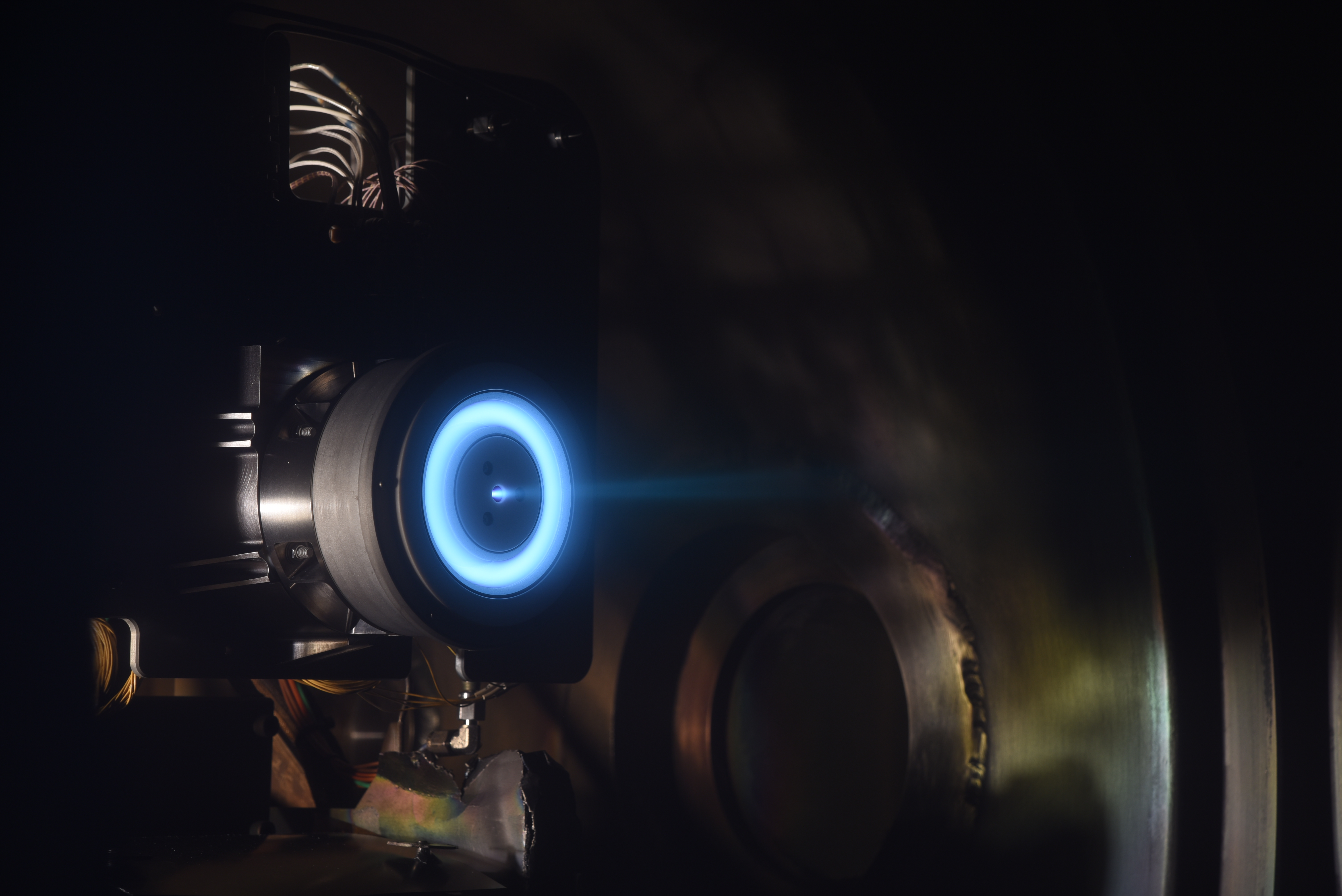WASHINGTON – Eight college students have summer jobs at NASA this year, thanks to their participation in a contest to design a supersonic airliner.
College students from the U.S., Japan and India researched technology and created concepts for a supersonic passenger jet as part of a competition sponsored by the Fundamental Aeronautics Program in NASA’s Aeronautics Research Mission Directorate.
The participants were challenged to design a small supersonic airliner and submit a research paper limited to 25 pages. Designs had to be efficient, environmentally friendly, low sonic boom commercial aircraft that could be ready for initial service by 2020.
A team of undergraduates from the University of Virginia in Charlottesville, Va., and a team of graduate students from the Georgia Institute of Technology in Atlanta tied for first place in the U.S. division. A University of Tokyo undergraduate team won top honors in the non-U.S. category.
Six participants receiving internships were selected from the award-winning teams. All eight recipients are engineering or management students and were selected based on their resumes, grade point averages and application letters. The students are serving their internships at three NASA centers: Langley Research Center in Hampton, Va.; Ames Research Center at Moffett Field, Calif.; and the Glenn Research Center in Cleveland.
“We use these competitions to generate excitement for aeronautics and the engineering behind aviation,” said Peter Coen, principal investigator of the Supersonics Project at Langley. “I was pleased by the number and diversity of the entries we received. And I was impressed by the quality and innovative thinking demonstrated in the designs.”
This year’s competition also fostered an unusual collaboration across the country and two continents. Four students, one from Florida, another from California and two from Australia, worked together over the Internet to design an airliner. Three of the four had met last year as a result of the contest. The team tied for second place with an undergraduate team from Purdue University in West Lafayette, Ind.
An undergraduate team from Sardar Vallabhbhai Patel Institute of Technology in Gujarat, India won second place in the international division.
A group of NASA engineers reviewed the entries. The judges based their scores on how well students addressed all aspects of the problem they chose to discuss. The judges used the following criteria: innovation and creativity; discussion of feasibility; a brief review of pertinent literature; and a baseline comparison with the relevant current technology, system or design.
Winning participants received prizes, including up to $5,000, and will be invited to a student forum sponsored by NASA. Students were also eligible for 24 summer internships. Only U.S. citizens may be awarded cash prizes or NASA-funded internships. Non-U.S. teams will receive an engraved trophy. All participants also will receive a NASA certificate.
For a list of winners of the contest and information about the interns, visit:
http://www.aeronautics.nasa.gov/competition_winners_college.htm
For more information about other NASA projects, visit:
– end –
text-only version of this release
NASA press releases and other information are available automatically by sending a blank e-mail message to hqnews-subscribe@mediaservices.nasa.gov. To unsubscribe from this mailing list, send a blank e-mail message to hqnews-unsubscribe@mediaservices.nasa.gov.
Back to NASA Newsroom | Back to NASA Homepage
Beth Dickey
Headquarters, Washington
202-358-2087
beth.dickey-1@nasa.gov
Kathy Barnstorff
Langley Research Center, Hampton, Va.
757-864-9886/757-344-8511
kathy.barnstorff@nasa.gov

























